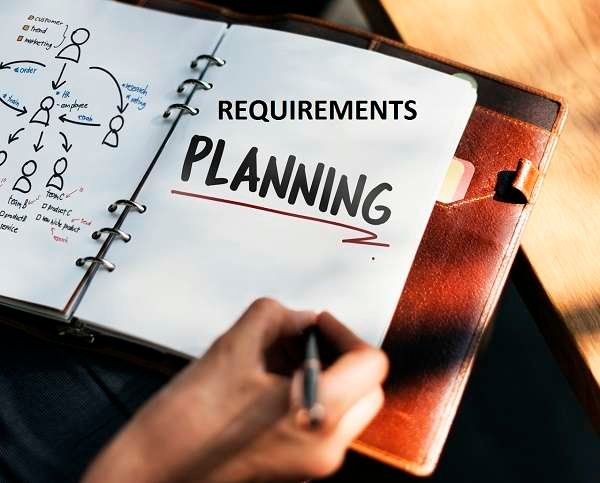Visualize yourself in a scenario where you want to develop an application but you don’t have a conceptual knowledge and programming skills. Non-tech savvy often consults a developer to take the guidance on the project idea and build a powerful application. But if you’re new to app development, you won’t determine what you exactly want.
Do you know why?
Because you didn’t attain an adequate amount of information when conveying the project idea.
To avoid such situations, you need to shape your idea into an ideal format that describes your purpose of building the app or product, features you’ll need, branding and design guidelines, and all the business requirements before the actual mobile app development begin. Waste of time and energy can be avoided with concise, clear, and precise documentation of the app idea.
No matter whether you want to create a basic app or a comprehensive one, the Product Requirements Document (PRD) is a crucial part to communicate all aspects related to the app idea. In this post, we will guide you through common approaches to write requirements documents so that you and the developers are on the same boat when building an application.

Let’s get started!
1. The User Story or Text Narrative
The user story is a primary step of the mobile application development process, often designed to narrate what the app will offer to intended users and narrow down the target audience for the app. This text narrative is a collaborative task that involves developers, business managers, and end-user. The professionals create a particular list of features for the app, ensuring to leave no gap for ambiguity.
2. The Project Scope
The project scope abstracts certain and technical requirements from the user story to give a comprehensive shape to the aim of the app. It also extracts all the crucial elements to be involved in the app. It basically comprised of the apps’ business model, as to whether the app or product is for customers, for monetization, workforce, and so on. For example, a customer-centric app may need more assets such as videos and images to capture everyone’s attention.
The scope also involves constraints applying to the project such as budget, time, resource availability, risk tolerance, and more. Having clarity on such limitations allows you to stay on the board and replace them with the best practices.
3. Technical Specifications
Outlining the technical specifications of the project in PRD is important to figure out the overall budget of the app, and the amount of time and effort needed. A comprehensive list of technical specifications lists the platform on which the app operates and the versions of the operating system supported by the app. You can opt for Android or iOS app development process, or a cross-platform app.
The list may include account, profile, and platform credentials such as Apple, Google, or other accounts. Having such detailed information upfront means you don’t need to go back and accumulate data again later on during the process and the app will be launched when ready, without wasting any time on the account.
4. Sketches and Wireframes
Wireframe sketching plays a significant role in UX designing. Depending on your user preferences, the UX designers utilize a wireframe to define the pyramid of components on the screen and other functions. A wireframe is a visual element of your future app, or you can say, the ultimate guide to the entire construction process. Expert designers mainly transform user stories into wireframes that gives a detailed description of features, and how those features would look on the app screen.
5. Create Technical Assets Required for the Mobile App
While the app store details might vary, some of the technical assets information should be included such as supported sizes of icons, sizes of splash screens, accurate sizes for screenshots, app keywords and descriptions in requisite languages, and a specific list of supported devices and OS versions. You could wait and incorporate such assets into the app at a later stage, or in the end.

6. Putting Everything Together in the Mobile App Requirements Document
The app requirements document describes how the solution determines the precise needs of the company or end-users for whom the app is developed. In this stage, all the elements are combined together and turn into a base reference document for the development team.
It leads from user story to scope outline, page design, technical specifications, and list of assets linked with the app. It should be easy to read with clear language, precise and detailed so that you won’t end up with mess and uncertainties.
Conclusion:
No matter whether you’re going to engage in large projects or small-sized, a certain level of documentation work is highly imperative to avoid misunderstanding, miscommunication, and ambiguity of the app idea. The product requirements documents allow the development team to understand and turn the project idea into reality by having all the assumptions, schedules, and limitations in place.
Don’t go into too much detail, just focus on creating a document as a reference point and certain guidelines to construct a full-fledged solution. Remember to verify the document otherwise, it will backfire you, more often.

